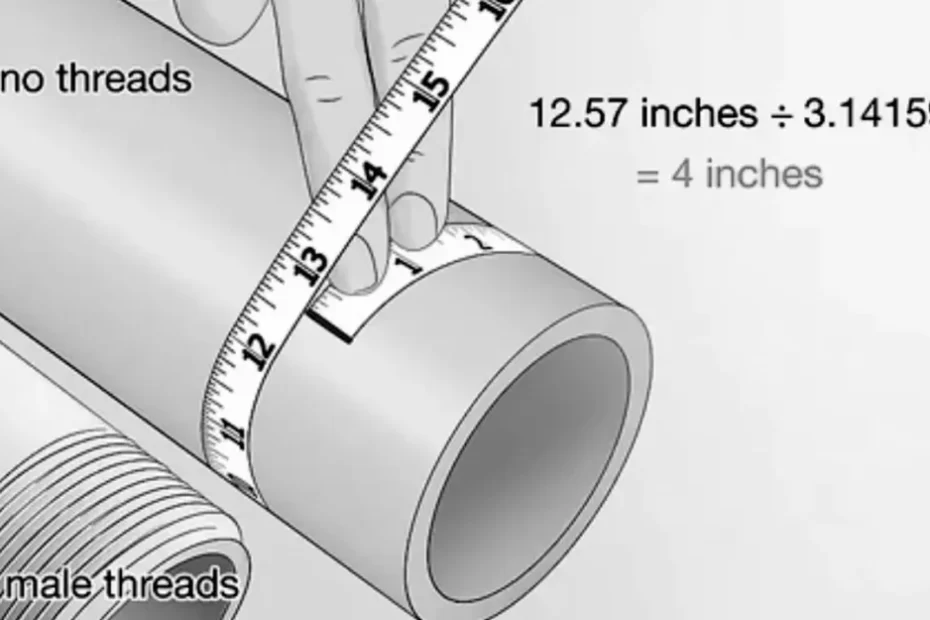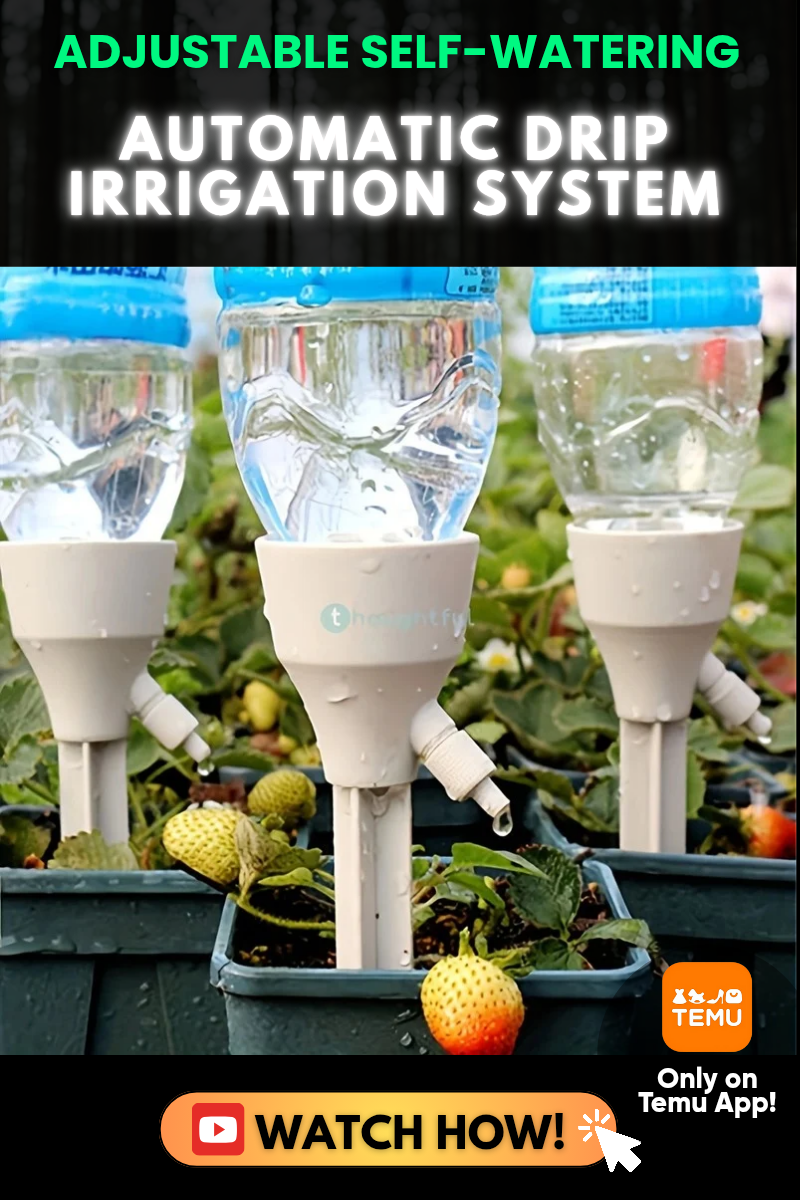
Unravel the mysteries of garden hose diameters as we dive into the realm of horticultural plumbing. Picture this: you stroll through a garden oasis, admiring vibrant blooms while the gentle spray of your trusty garden hose quenches the thirst of your precious plants. But wait! As you brave the hardware store aisle, the myriad of options leaves you bewildered. Fear not, fellow green thumbs, as we embark on a quest to demystify the enigmatic garden hose diameter. In this article, we will uncover the secrets behind determining your hose’s size, allowing you to water your botanical friends with confidence. So, gather your curiosity and prepare to embark on a journey of hose measurement enlightenment!

When it comes to selecting the right tool for measuring your garden hose diameter, it’s important to understand the various factors involved. Having the correct measurements is crucial for determining compatibility with other gardening equipment or fittings. Here is a comprehensive guide to help you accurately measure your garden hose diameter and make an informed decision:
1. Caliper Method: One of the most precise ways to measure your garden hose diameter is by using a digital or vernier caliper. Simply place the caliper’s jaws around the hose and take note of the measurements displayed. This method offers accurate results, ensuring compatibility with various connectors and attachments.
2. Tape Measure Method: If you don’t have a caliper handy, a tape measure can also be used to determine your garden hose diameter. Wrap the tape measure around the hose and note the circumference. Divide this measurement by pi (approximately 3.14) to obtain the diameter. Although it may not provide as accurate results as the caliper method, it can still give you a close approximation.
| Features |
Tips |
| Accurate measurement |
Use a caliper for precise results |
| Alternative method |
Tape measure can provide a close approximation |
| Compatibility check |
Ensure hose diameter matches with required fittings |

Loading... Seconds Left for
Miniature Orchid Terrarium Gallery!

Understanding the Basics: Unveiling the Anatomy of a Garden Hose
A garden hose is an essential tool for any avid gardener or homeowner. Whether you’re watering your plants, washing your car, or cleaning outdoor surfaces, understanding the basics of a garden hose is crucial. One important aspect to grasp is the diameter of the hose, as it directly impacts water flow and pressure. In this post, we will dive deep into the world of garden hose anatomy, specifically focusing on how to measure its diameter.
To measure
the diameter of your garden hose, you’ll need a few simple tools: a measuring tape and a ruler. Here’s a step-by-step guide to help you get accurate measurements:
- Start by disconnecting your garden hose from any water source and ensuring it’s free from kinks or twists.
- Lay the hose on a flat surface, such as the ground or a table, using a ruler or a straight line as a guide to keep it straight.
- Next, use your measuring tape to measure the distance across the widest part of the hose. This is your hose’s diameter.
Now that you’re familiar with the measurement process, let’s explore some key features and essential tips related to garden hose diameter. Take a look at the table below for an overview of these factors:
| Features |
Tips |
| Optimal Diameter |
1. Length Impact |
| A suitable diameter ensures efficient water flow. |
The hose diameter affects water pressure, so longer hoses may require a larger diameter for optimal results. |
| Material Consideration |
2. Durability Matters |
| Thicker materials often have smaller internal diameters, affecting water flow. |
Consider the durability of the material alongside the desired diameter to strike a balance between functionality and longevity. |
| Hose Fittings |
3. Compatibility Check |
| The diameter of hose fittings should match the hose diameter for a secure and leak-free connection. |
Before purchasing a hose or fittings, ensure they have compatible diameters to prevent any issues during use. |
Remember, when it comes to your garden hose, understanding its anatomy and dimensions is essential for optimum performance. By knowing how to measure the diameter and considering important factors, you can choose the right hose to suit your watering needs. So, grab your measuring tape and ruler, get those measurements, and elevate your gardening game!

When it comes to ensuring a perfect fit for your garden hose, knowing its diameter is crucial. Fortunately, measuring the diameter is a simple task that can be accomplished with a trusty tape measure. Follow these easy steps to accurately measure your garden hose diameter:
- Gather your materials: Prepare a tape measure, a piece of string, and a pen and paper to note down the measurements.
- Start at one end: Place the end of the tape measure at one side of the hose opening.
- Wrap the string: Wrap the string around the circumference of the hose, making sure it lies snugly against the outer edge.
- Mark the string: Use the pen to mark the point where the string meets back with itself. This will represent the circumference of the hose.
- Note the length: Carefully remove the string and measure its length with the tape measure.
- Calculate the diameter: Divide the circumference measurement by 3.14 (π) to determine the diameter of your garden hose.
| Features |
Tips |
| Accurate measurements |
Ensure the tape measure is taut and that the string wraps around the outer edge of the hose without any gaps. |
| Easy to use |
No complicated tools required; all you need is a tape measure and a piece of string. |
| Quick results |
The measurement process takes only a few minutes, allowing you to find the right hose for your needs without delay. |

The Foolproof Method: Quick Tips to Identify Garden Hose Diameter
In the world of gardening, having the right garden hose diameter can make all the difference. Whether you’re watering delicate plants or using a high-powered sprayer, knowing the diameter of your hose is crucial for optimal water flow and efficiency. But fear not, we have the foolproof method to help you quickly identify your garden hose diameter.
To start th
e measuring process, you’ll need a few simple tools: a ruler, a tape measure, and a sharpie. Begin by unraveling your garden hose and laying it out straight on a flat surface. Next, locate the male and female ends of the hose. Using your ruler or tape measure, carefully measure the outside diameter of the male end. If it measures roughly ¾ inch, then you have a standard 5/8-inch hose. If it measures about 1 inch, then you have a larger ¾-inch hose. Remember to jot down this measurement with your sharpie for future reference, so you won’t have to go through this process again!
Now that you have the basic knowledge on how to measure your garden hose diameter, let’s explore some key features and tips to help you make the most of your gardening experience. Take a look at the handy table below for a quick reference guide:
| Features/Tips |
Description |
| Burst Strength |
Indicates the maximum pressure the hose can handle without bursting. Choose a hose with a higher burst strength for added durability. |
| Material |
Consider the material of the hose for flexibility, kink resistance, and resistance to UV rays. Options include rubber, vinyl, or hybrid materials. |
| Nozzle Compatibility |
Ensure your hose diameter matches the nozzle or attachment you plan to use. This will help maintain a tight seal and avoid any water leakage. |
By following our foolproof method to measure your garden hose diameter and keeping these handy features and tips in mind, you’ll be well-equipped to choose the perfect hose for your gardening needs. Happy gardening!
pan id="Frequently_Asked_Questions">Frequently Asked Questions
Q: What does the term “garden hose diameter” actually refer to?
A: Ah, the mysterious world of garden hose measurements! “Garden hose diameter” simply refers to the width of the hose (impressive, right?). It’s a vital measurement to determine the water flow rate and overall compatibility with attachments, sprinklers, or other fancy gadgets you might want to connect to your hose.
Q: How can I accurately measure my garden hose diameter without being a wizard?
A: Fear not, fellow green thumbs! Measuring your garden hose diameter is as simple as finding your car keys (well, almost). Grab a measuring tape and measure the distance across the widest part of the hose’s opening. It’s really that straightforward! And if you don’t own a measuring tape, the good old ruler will do the trick. No magic spells required!
Q: Can you enlighten me on the different standard garden hose diameters floating around in the wonderful realm of gardening?
A: Absolutely! In the enchanted garden of hose kingdom, you’ll often come across three main diameter sizes: ½ inch, 5/8 inch, and ¾ inch. The most common is the ½ inch diameter, perfect for regular watering needs. If you’re dealing with larger gardens or need a stronger water flow, the slightly larger 5/8 inch option might be your weapon of choice. And for the grandiose gardens or professional-grade watering, the noble ¾ inch diameter hose stands tall as the mighty and powerful choice. So pick the diameter wisely, oh wise gardener! As we conclude our exploration into the dimensions that keep our gardens flourishing, we can confidently declare that unlocking the mysteries of garden hose diameter is no longer an enigma. Armed with the knowledge to measure and determine the diameter, you can now embark on your gardening endeavors with certainty and confidence.
Remember, <
a href="https://up-gardening.com/how-do-i-know-if-my-strawberry-plants-are-dead/" title="How Do I Know if My Strawberry Plants Are Dead">dear green-thumb enthusiasts, understanding the diameter of your garden hose is the key to unlocking a world of possibilities. Whether you are nurturing delicate blooms or taming unruly shrubs, this invaluable comprehension will ensure your watering system works effortlessly in harmony with your garden’s needs.
So go forth, intrepid gardeners, and let the tape measure be your trusty guide. Empowered by this newfound wisdom, you are equipped to choose the perfect hose diameter that calibrates seamlessly with your garden’s thirst, providing it with the nourishing elixir it so dearly deserves.
Embrace this knowledge with open arms, appreciate the garden hose diameter dance, and let your green haven thrive like never before. And as always, let the whispers of your flourishing blossoms and the bountiful harvest sing their praises to your meticulous measuring precision.
Remember, <
a href="https://up-gardening.com/why-are-my-sunflower-seedlings-turning-yellow/" title="Why Are My Sunflower Seedlings Turning Yellow">fellow garden enthusiasts, it all begins with the humble garden hose diameter – the hidden hero that binds us to our cherished plots of paradise.
Happy measuring, happy gardening, and may your gardens forever bloom in the vibrant tapestry of nature’s finest hues!
_posts">Recent Posts
Hello! I'm Jessica Owen, an avid gardener and proud contributor to Up-Gardening.com. Gardening is my passion, and I'm delighted to share my green-thumb experiences with you. From planting tips to nurturing blooms, I'm here to help you cultivate your own slice of paradise. Let's grow together in the garden!
Latest posts by Jessica Owen
(see all)





